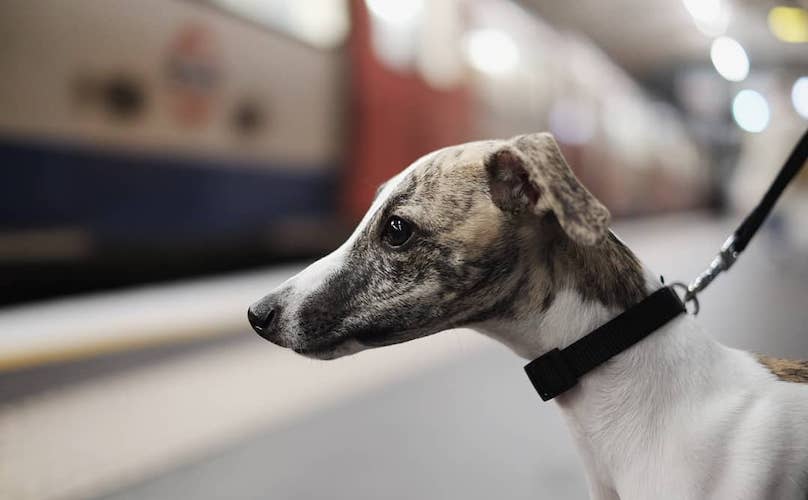Watching your puppy clumsily explore the new and alien world we refer to as “the yard” is always exciting. However, before that initial journey out the back door, it’s vital to create a puppy-proof space for them. While your pup will enjoy tumbling through the grass or snow, or picking up on the scent of their very first squirrel, adventures in the great outdoors can be precarious without the right precautions.
Thus, here are several tips for puppy-proofing your backyard so that your little best friend gets off to a safe and happy start:
Build A (Secure) Fence
While a two-month old puppy likely isn’t going anywhere except to sleep, as puppies age, they develop more curiosity, speed, and strength. A wooden or metal fence will allow your pup to play and explore freely, as well as keep them free from the dangers of cars, coyotes, or simply getting lost. Keep in mind which area you’re enclosing as well. Backyards are often safer and more private than the front.
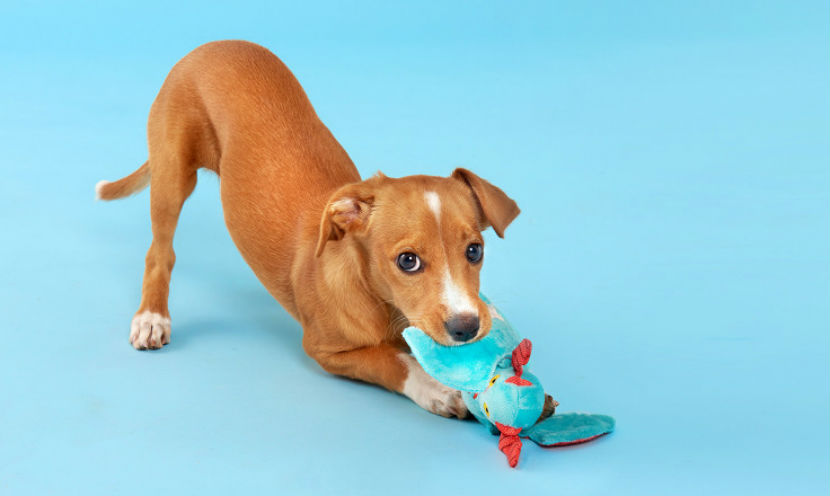

Other considerations for fences include height and the ground surrounding it. Four to five feet is the average height of a backyard fence for dog owners. That said, six feet or higher is advisable if your puppy will grow up to be on the larger side, or displays a propensity for doggie acrobatics.
Furthermore, it’s important to check your fence line for holes or loose soil. High energy puppies may find or dig an escape route, so any weaknesses in the fence area will need to patched, filled in, or blocked.
Don’t Run Near The Pool!
Many Labradors and other dogs love taking a daily dip in the backyard pool during the summer, but puppies need to be closely monitored near water. If you have a pool, it’s advisable to install a safety fence around the outside.
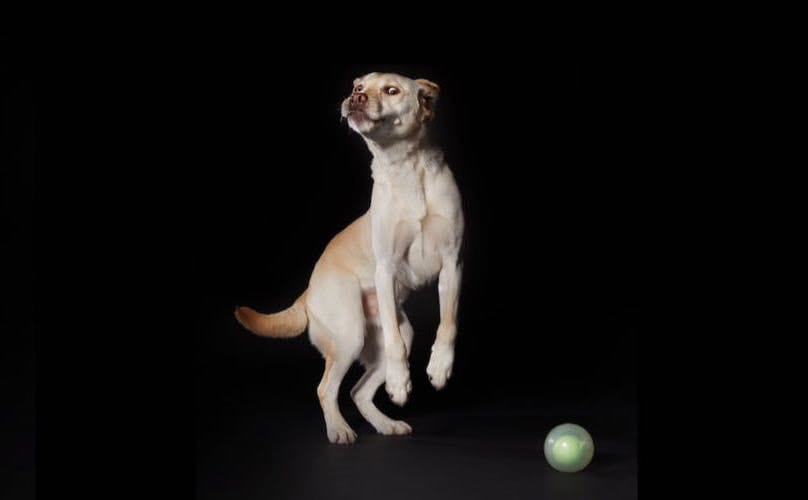

For those who live on land with ponds, lakes, or other bodies of water that can’t be fenced in, keep in mind that kids aren’t the only little ones in need of swimming lessons. While you may want to restrain your new puppy from jumping in, it’s still important to introduce them to water so they don’t become overwhelmed in case of an accidental overboard.
Provide Activities And Distractions
As puppies age, the simple act of chasing leaves or climbing porch steps may not keep their energetic minds occupied while outside. Puppies can be kept busy in the yard by practicing training exercises, playing new games, or socializing with other puppies or friendly dogs. Yet, for the times when you’re only able to monitor instead of engage, consider investing in a range of puppy chew toys. By fulfilling your pup’s chewing instinct with interesting products, they’re far less likely to get into trouble.
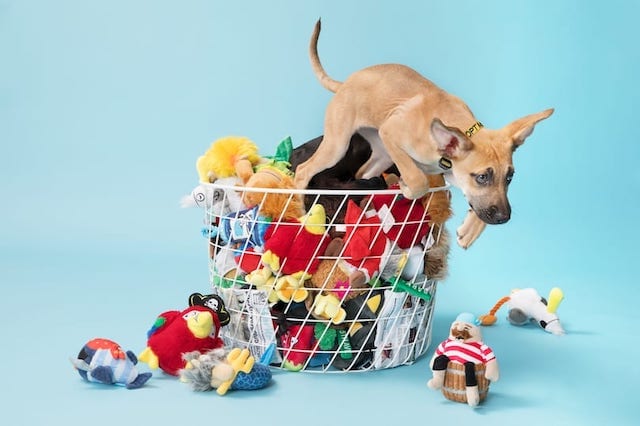

Very young pups will be entertained (and soothed) by BARK’s soft and fluffy Plush Toys. Once puppies start teething though, they’ll be looking towards sticks, stones, and your patio furniture for relief. Thus, it’s always best to keep a basket of durable chew toys around, such as BARK’s “Super Chewer” toys. Made from rubber, nylon, or a blend of both, these toys keep busy mouths occupied for hours on end. BARK also ramps up the desirability of their durable toys by creating lots of unique textures and shapes, in addition to adding squeakers.
Older pups will also enjoy BARK’s Tug Toys. With ropes, plush animals, balls, and lots of designs to choose from, these toys are great for dogs playing alone or together. Furthermore, BARK’s Puzzle Toys will also prevent puppies from investigating the garbage cans or gnawing on the garden hose. Although wee ones may be too uncoordinated to make use of the more complex toys, older puppies will benefit from the mental stimulation these safe and popular products provide.
Keep The Area Free Of Toxic Plants And Pesticides
All puppies are known to get their teeth on things they shouldn’t. But by spraying with pesticides, insecticides, or using fertilizer, your whole yard will become one big “do not touch” zone. Even if gardens or other landscaped spaces are fenced off, remember that chemical treatments can seep into the soil. Puppies may not be able to grab plants that have been treated, but pesticides and other products can still be inhaled or contacted through the sensitive skin on their paws.
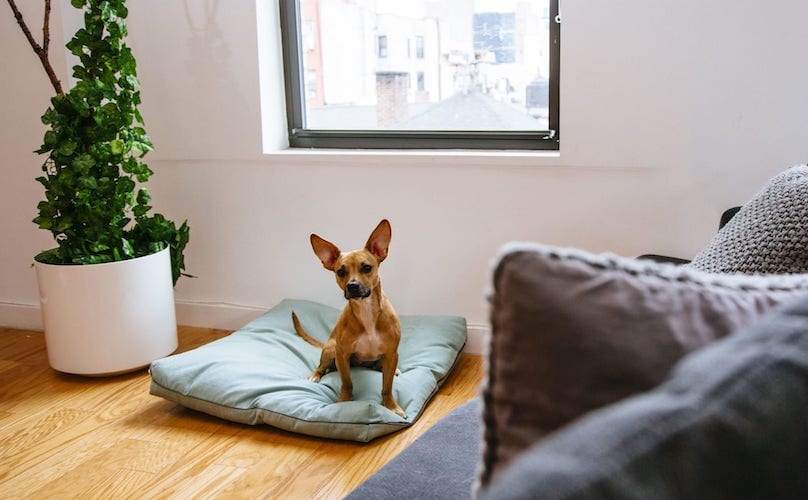

Additionally, before bringing your mini-Fido home, check the yard for potentially toxic plants. Common types of poisonous plants include nightshade, American yew, and other fast-spreading weeds or vines. By researching which types of toxic plants exist in your area and performing a search, you can prevent your pup from experiencing a breakout in hives, a bad bout of gastroenteritis, or worse.





